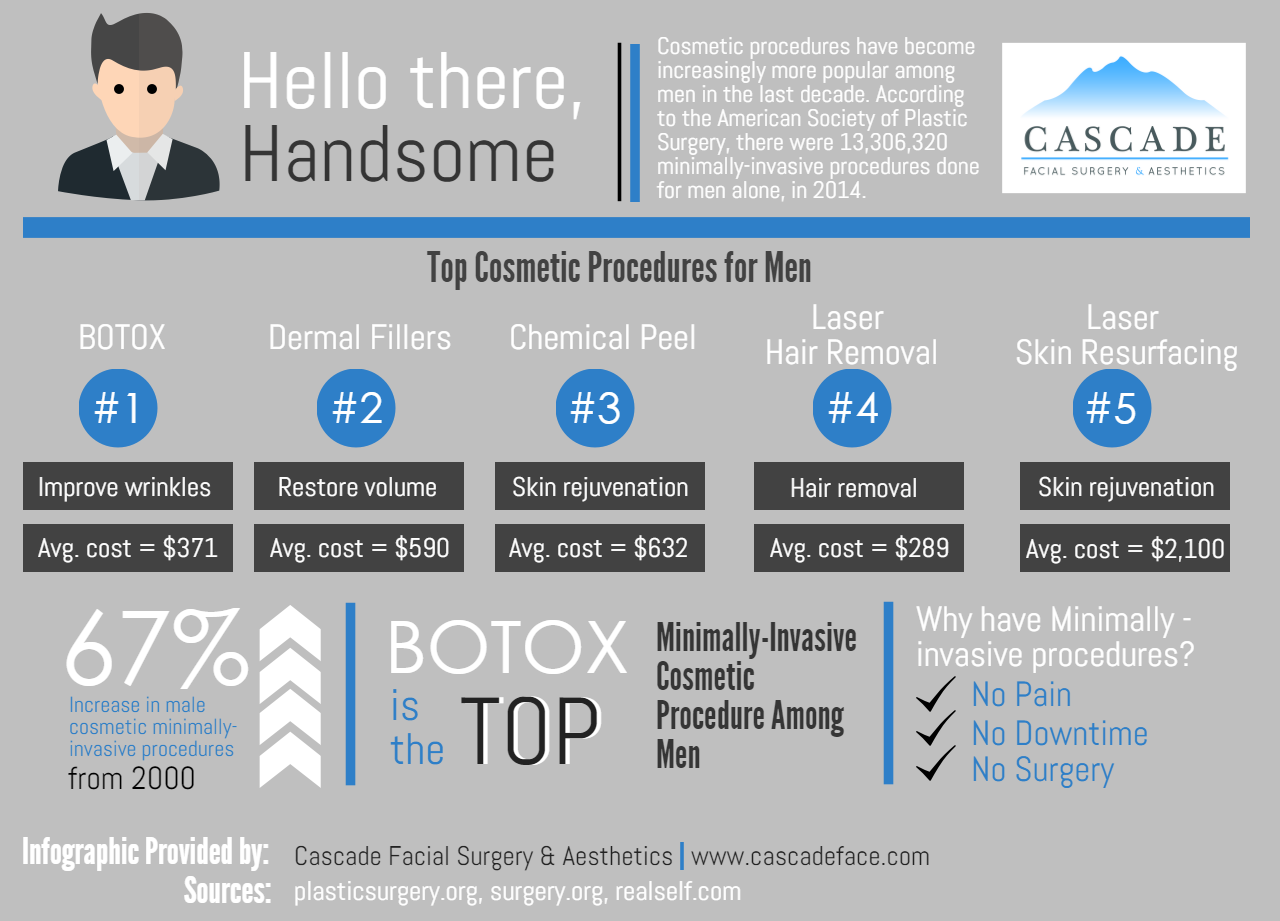Best Makeup Removers For Acne
Best Makeup Removers For Acne
Blog Article
Exactly How Does Photodynamic Therapy (PDT) Work?
Photodynamic treatment (PDT) integrates a light-sensitive medication with special light to kill malignant and precancerous cells. Your physician places the drug on your skin or inside your eye and afterwards shines a light on the therapy location.
This combination kills malignant cells and spares healthy and balanced tissue. Yale Medication pulmonologist George Eapen, M.D., clarifies how this functions.
The Photosensitizer
Photodynamic therapy (PDT) utilizes a mix of light and a medicine called a photosensitizer to kill malignant or precancerous cells and spare healthy cells. You get a shot of the photosensitizer, which is then triggered by light in your body. The photosensitizer is absorbed by both healthy and balanced and malignant cells however isn't poisonous up until it is turned on by the light.
Light-absorbing molecules, called photosensitizers, are discovered in plants and pets, including people. There are many photosensitizers, however the majority of are able to soak up a particular series of light wavelengths.
Once the photosensitizer is subjected to a light with a coordinating spectral variety, it's transformed from its ground state into a thrilled singlet state. This allows it to transfer power to molecular oxygen, creating singlet oxygen and totally free radicals that moderate cellular toxicity.
The Light
Throughout therapy, a special light is beamed on the location where the photosensitizer was applied. This light turns on the medication and destroys cancer cells or precancerous cells that it has actually targeted.
The drugs that are made use of in photodynamic therapy have different absorption buildings and some of them might take hours to leave typical cells however stay much longer in cancer cells or precancer cells. This process enables the physician to target cancer cells a lot more exactly than various other types of treatments that utilize noticeable light, such as lasers or electrocautery [54]
Photodynamic treatment can treat the earliest places of sun damages known as actinic keratosis and can decrease skin cancer development in individuals at high risk for establishing the condition. It is also an option for some patients with wet kind age-related macular degeneration, which is an usual root cause of loss of main vision in older adults. It can not restore the loss of vision brought on by this illness, but it can slow down the development of uncommon blood vessel growth that creates damp AMD.
The Activation
Photodynamic treatment (PDT) utilizes a medication and light to deal with cancer cells and other skin problem. It targets precancerous cells and eliminates them. Unlike various other cancer cells treatments that melt and ruin, this therapy kills precancerous cells while sparing healthy and balanced cells.
The photosensitizer is provided into the skin with topical, dental or intravenous administration. It is absorbed by the lump cells and activated when subjected to light of a certain wavelength. This activates a series of photochemical reactions that generates responsive oxygen species (ROS) that damage lump tissue and eliminate cancer cells.
PDT is usually utilized to treat actinic keratoses and sitting squamous cell carcinoma (Bowen illness). It can additionally be utilized to deal with various other types of skin cancer, including shallow basal cell cancer. It can be used alone or with other therapies, such as surgery or radiation. It can also diminish tumors in the lungs, enabling surgical treatment or other treatment to be risk-free and reliable.
The Treatment
PDT works ideal in small irregular locations of tissue that a light can get to, such as the skin, eyes, mouth or food pipe (gullet) and lungs. It is also used to treat precancerous developments, such as actinic keratoses, which are sun-damaged cells that can medical facilities near me become cancer.
Physicians administer the photosensitizer as a cream or injection, and afterwards radiate a light on the treatment location. The light ruins the abnormal cells. While healthy and balanced cells absorb the photosensitizer, it stays longer in cancerous cells.
After the procedure, your body naturally throws away the dead cells. People with lung cancer cells may experience coughing up blood or have a bronchoscopy to clear the lungs of the dead tissue. In some cases, your physicians may make use of a bronchoscopy to remove the photosensitizer from the lungs also if it creates major signs. It is necessary to stay inside your home and utilize sun block when you go outside while the photosensitizer remains in your system.